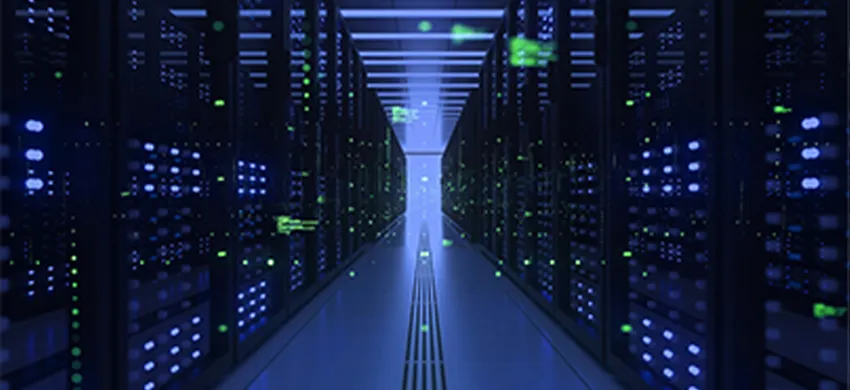Although optical modules are a trend to replace fiber transceivers, there is still a relatively large user base for fiber transceivers. For example, fiber transceivers are still commonly used transmission products in monitoring systems.
Ⅰ. Classification of fiber transceivers
Optical fiber transceiver is also called a photoelectric converter, a media conversion unit that exchanges short-distance twisted pair electrical signals and long-distance optical signals.
The different viewing angles make people have different understandings of fiber transceivers: for example, according to the transmission rate, they are divided into single 10M, 100M fiber transceivers, 10/100M adaptive fiber transceivers, and 1000M fiber transceivers.
According to the working mode, it is divided into fiber transceivers working on the physical layer and fiber transceivers operating on the data link layer.
From the structural point of view, it can be divided into desktop (stand-alone) fiber transceivers and rack-mounted fiber transceivers;
According to the different access fibers, there are two names: multi-mode fiber transceiver and single-mode fiber transceiver.
In addition, there are single-fiber fiber transceivers and dual-fiber fiber transceivers, built-in power fiber transceivers, and external power fiber transceivers managed fiber transceivers and unmanaged fiber transceivers.
Fiber optic transceivers break the 100-meter limitation of Ethernet cables in data transmission. Fiber optic transceivers Equipped with high-performance switching chips and large-capacity buffers can truly achieve non-blocking transmission and switching performance while also providing balanced traffic, isolating conflicts, detecting errors, and other functions. Ensure high security and stability during data transmission.
Ⅱ. The scope of application of fiber transceivers
In essence, the fiber transceiver only completes the data conversion between different media, which can realize the connection between two switches or computers within 0-120Km, but the actual application has more expansion.
1. Realize the interconnection between switches.
2. Realize the interconnection between the switch and the computer.
3. Realize the interconnection between computers.
4. Transmission relay
When the actual transmission distance exceeds the nominal transmission distance of the optical fiber transceiver, especially when the actual transmission distance exceeds 120km, it is a very economical and effective solution to use two transceivers for a back-to-back relay or optical converter for a relay if the field conditions allow.
5. Single multi-mode conversion:
When there is a need for a single-multimode fiber connection between networks, a single-multimode converter can be used to connect, which solves the problem of single-multimode fiber conversion.
6. Wavelength division multiplexing transmission:
When the long-distance optical cable resources are insufficient, in order to increase the utilization rate of the optical cable and reduce the cost, the fiber transceiver and the wavelength division multiplexer can be used together to allow the two channels of information to be transmitted on the same pair of optical fibers.
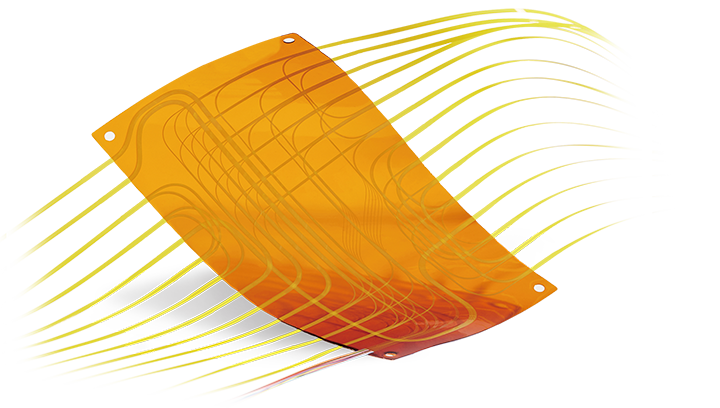 Fiber Optic Flex Circuit (FOFC)
Advanced Simulation & Optimization, High Positioning Accuracy, Flexible Customization, Rigorous Reliability Testing
Fiber Optic Flex Circuit (FOFC)
Advanced Simulation & Optimization, High Positioning Accuracy, Flexible Customization, Rigorous Reliability Testing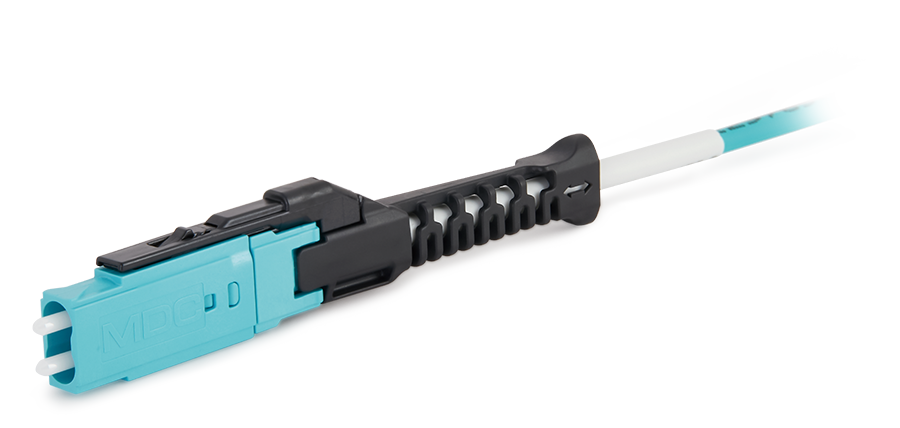 MDC Solution
US Conec's MDC connector is a Very Small Form Factor (VSFF) duplex optical connector, expertly designed for terminating single-mode and multimode fiber cables with diameters up to 2.0mm.
MDC Solution
US Conec's MDC connector is a Very Small Form Factor (VSFF) duplex optical connector, expertly designed for terminating single-mode and multimode fiber cables with diameters up to 2.0mm.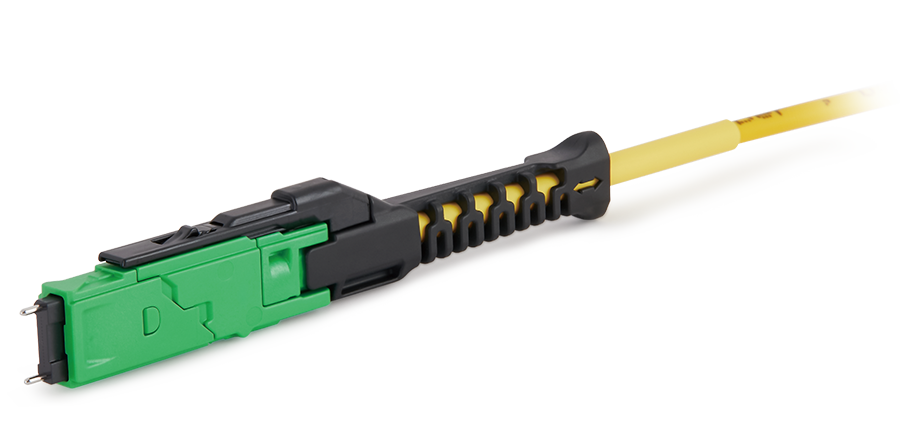 MMC Solution
US Conec's Very Small Form Factor (VSFF) multi-fiber optical connector that redefines high-density connectivity with its cutting-edge TMT ferrule technology and intuitive Direct-Conec™ push-pull boot design.
MMC Solution
US Conec's Very Small Form Factor (VSFF) multi-fiber optical connector that redefines high-density connectivity with its cutting-edge TMT ferrule technology and intuitive Direct-Conec™ push-pull boot design. EN
EN
 jp
jp  fr
fr  es
es  it
it  ru
ru  pt
pt  ar
ar  el
el  nl
nl 

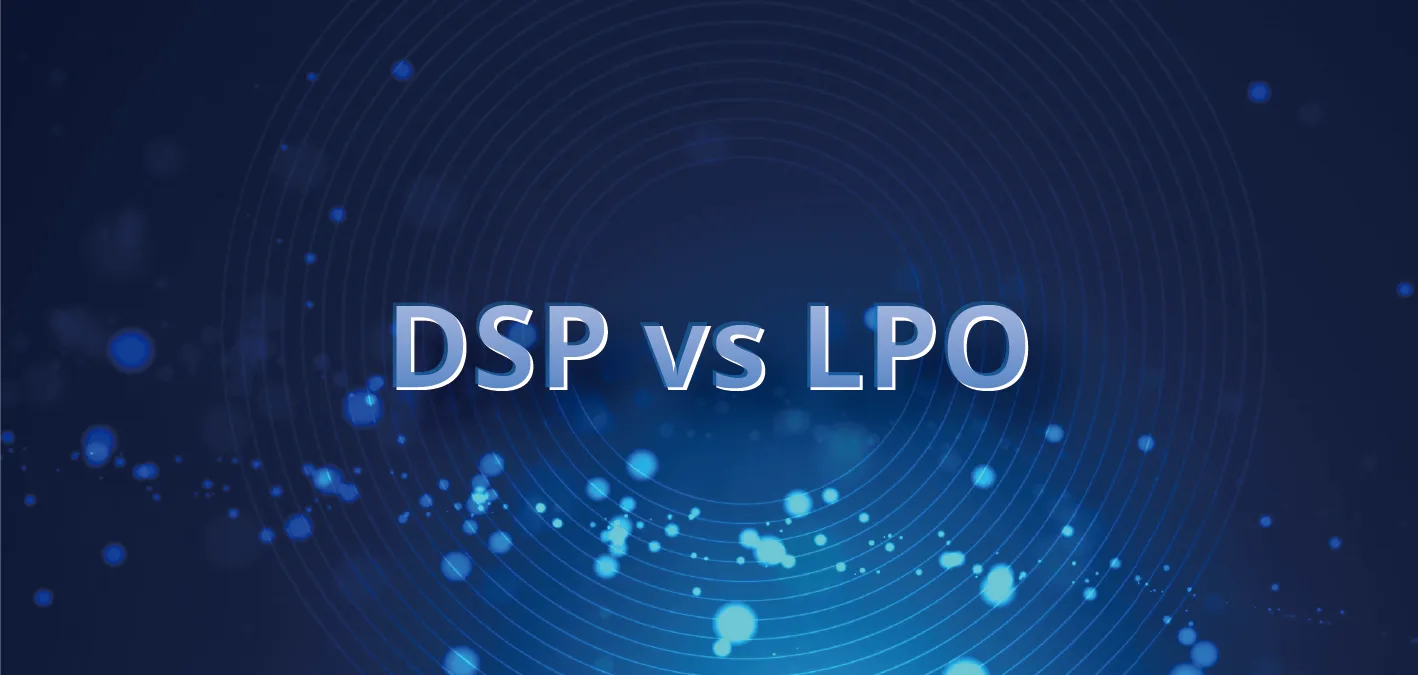
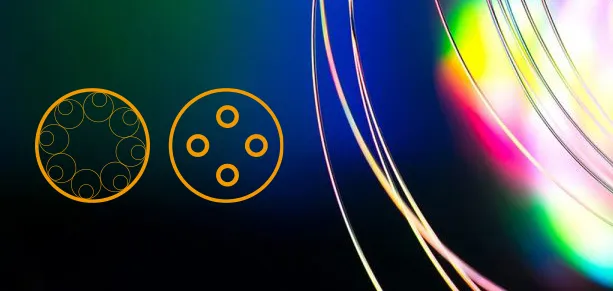
_and_High-Reflection_(HR)_Optical_Coatings.webp)
